When considering cosmetic procedures to enhance body contours, many individuals explore options like Fat Transfer Surgery in Abu Dhabi. This innovative technique offers a natural way to add volume to areas like the thighs or arms by utilizing the patient’s own fat. However, safety concerns are often at the forefront of decision-making. Understanding the safety profile of fat transfer surgery is essential for anyone contemplating this procedure.
Understanding Fat Transfer Surgery
What Is Fat Transfer Surgery?
Fat transfer surgery, also known as fat grafting, involves removing fat from one part of the body—commonly the abdomen, hips, or thighs—and then carefully purifying and injecting it into areas needing volume enhancement, such as the thighs or arms. This technique allows for natural-looking results and can improve contour and shape.
How Does It Work?
The process begins with liposuction, where fat cells are gently extracted. The fat is then processed to eliminate impurities and excess fluids. Finally, the purified fat is injected into targeted areas to restore volume or improve shape.
Why Choose Fat Transfer?
Many individuals prefer fat transfer because it utilizes their own tissue, reducing the risk of allergic reactions or rejection. The procedure can also achieve more natural results compared to synthetic fillers or implants.
Is Fat Transfer Surgery in Abu Dhabi Safe?
Overall Safety Profile
Fat Transfer Surgery in Abu Dhabi is generally considered a safe procedure when performed by experienced and qualified professionals. The safety largely depends on the expertise of the surgeon, the quality of the surgical environment, and adherence to proper protocols.
Factors Contributing to Safety
- Experienced Practitioners: Skilled surgeons understand the nuances of fat harvesting and injection, minimizing risks.
- Proper Technique: Advanced techniques and equipment ensure the fat is handled carefully, which reduces complications.
- Sterile Environment: Maintaining a sterile surgical environment helps prevent infections and other issues.
- Patient Selection: Proper assessment of the patient’s health and medical history ensures suitability for the procedure.
Why Is It Considered Safe?
The procedure is minimally invasive with no need for general anesthesia in many cases. Additionally, because the patient’s own tissue is used, the risk of adverse reactions is very low. The focus on meticulous technique and patient safety protocols further enhances the safety profile.
Choosing the Right Practitioner
Qualifications to Look For
Patients should seek practitioners who are certified, experienced, and have a track record of successful fat transfer surgeries. A thorough consultation helps assess the surgeon’s expertise and discusses expectations.
Importance of Consultation
An in-depth consultation allows the patient to understand the procedure, discuss goals, and evaluate the surgeon’s recommendations. Open communication ensures that expectations align with realistic outcomes.
Procedure Specifics for Thigh and Arm Volume
Addressing Thigh Volume
Fat transfer can be used to smooth out dimples or irregularities, add fullness after weight loss, or improve contour. The procedure can target specific areas for a natural enhancement, provided the surgeon assesses the amount of fat that can be safely harvested and injected.
Addressing Arm Volume
For arms, fat transfer can help restore lost volume, improve shape, or correct asymmetries. It’s important that the surgeon evaluates skin elasticity and overall health to determine suitability.
Recovery and Safety
Post-Procedure Care
Adhering to aftercare instructions is essential for optimal results and safety. Patients are advised to avoid strenuous activities initially, wear compression garments if recommended, and monitor for any unusual symptoms.
Monitoring and Follow-up
Regular follow-up appointments allow the surgeon to assess healing, manage any concerns, and ensure the results are progressing as desired.
Common Concerns and Considerations
Effectiveness and Longevity
Fat transfer results can be long-lasting, but some of the transferred fat may be reabsorbed over time. Multiple sessions might be necessary to achieve the desired volume.
Natural Results
Because the procedure uses the patient’s own tissue, results tend to look and feel natural, blending seamlessly with existing tissue.
FAQs About Fat Transfer Surgery in Abu Dhabi
Is the procedure painful?
Most patients experience minimal discomfort during and after the procedure, which can be managed with appropriate pain relief measures.
How long does the procedure take?
The duration varies depending on the extent of the transfer but generally lasts between a few hours to several hours.
When can I see the final results?
Initial improvements are visible after swelling subsides, usually within a few weeks. Full results develop over several months as swelling decreases and the transferred fat settles.
Are there any restrictions after surgery?
Patients are typically advised to avoid vigorous activity for a few days and follow specific instructions to promote healing and maintain results.
Can fat transfer be combined with other procedures?
Yes, fat transfer can be combined with other body contouring methods or cosmetic surgeries to achieve comprehensive results.
Final Thoughts on Safety
While no surgical procedure is entirely without risk, Fat Transfer Surgery in Abu Dhabi is regarded as a safe and effective method for enhancing thigh or arm volume when performed by qualified practitioners. Proper patient selection, adherence to safety protocols, and realistic expectations are key to achieving satisfying and safe outcomes.
Summary
Fat transfer surgery provides a natural, minimally invasive solution for those seeking to improve volume in their thighs or arms. When conducted with care and expertise, the safety profile is high, making it a reliable choice for many individuals. Patients interested in this procedure should prioritize finding experienced professionals and engage in open consultations to ensure safety and success.
READ MORE : Is Fat Transfer Surgery Suitable for Weight Loss Areas?

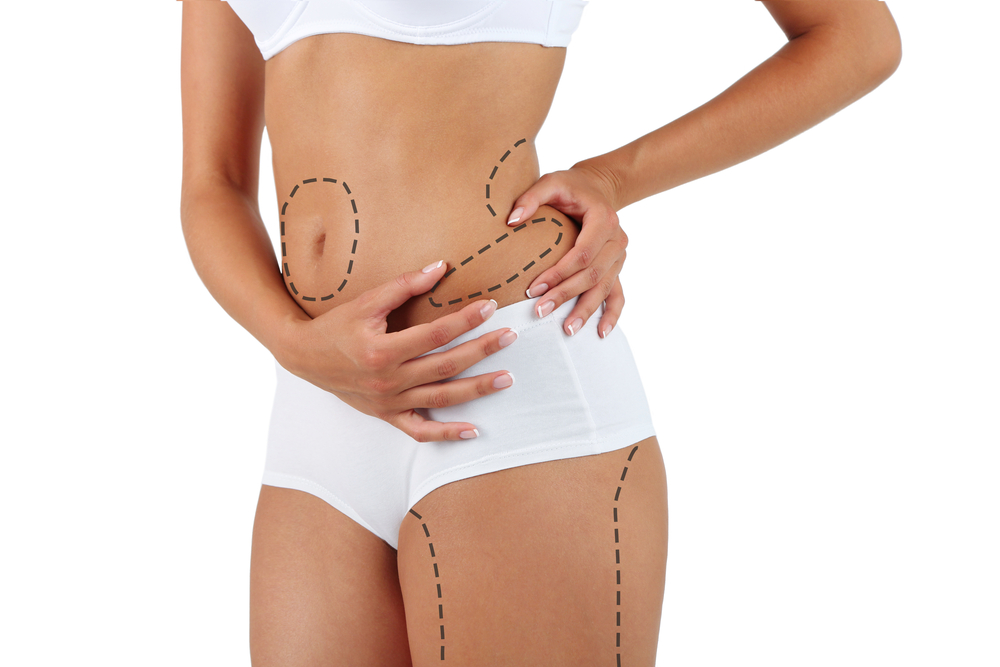
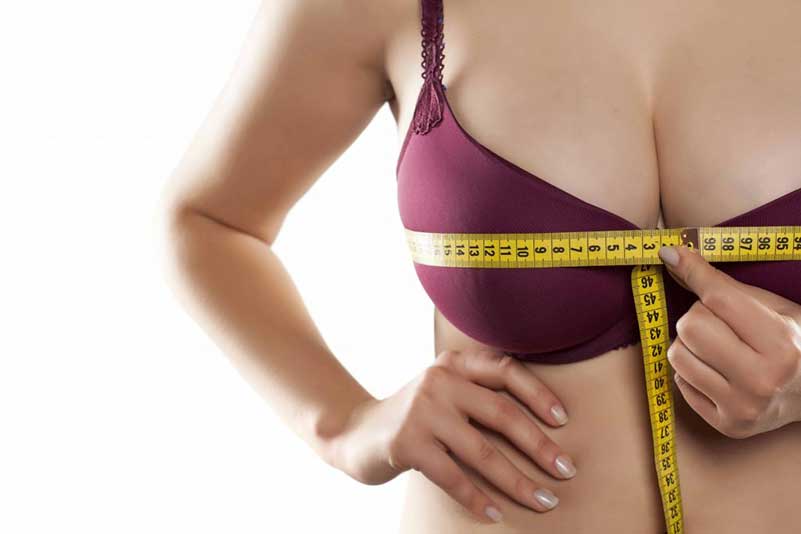

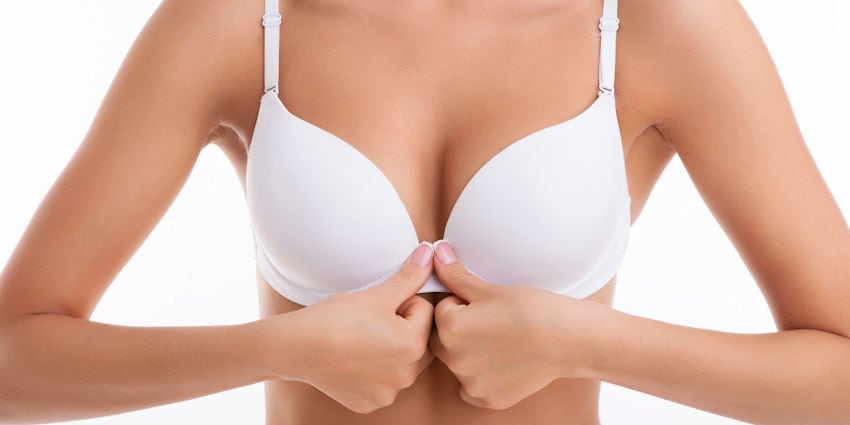
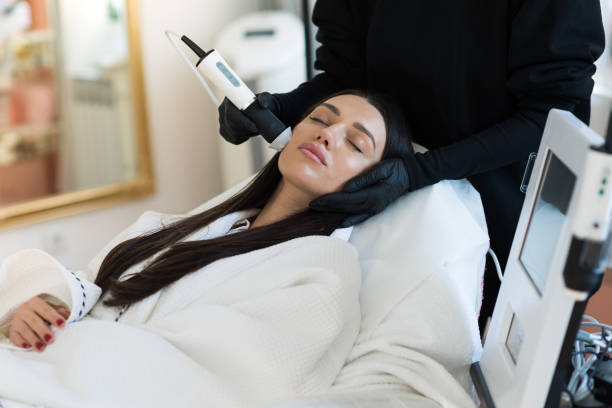
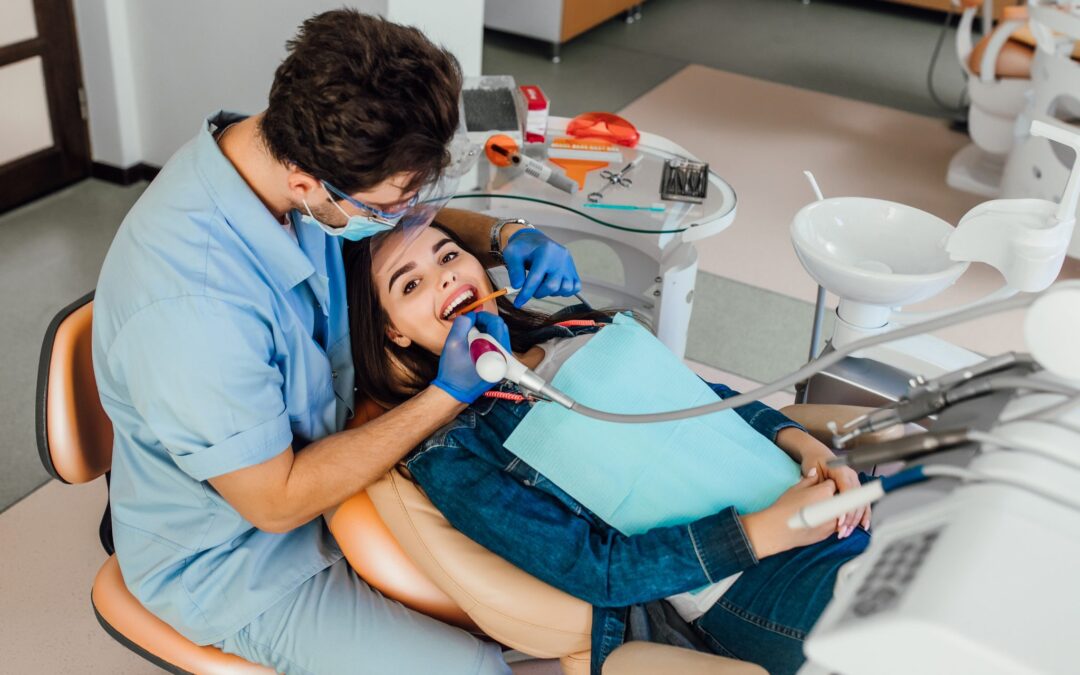
0 Comments